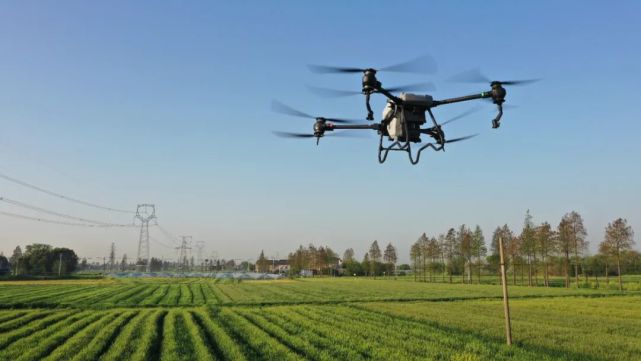Crop protection drones are rapidly emerging as a game-changing technology in the field of agriculture. These unmanned aerial vehicles (UAVs) are equipped with state-of-the-art tools and sensors that enable precise and efficient pest control, reducing crop damage and environmental impact. In this article, we will explore the potential and benefits of crop protection drones in pest management.
Key Features and Capabilities:
-
Targeted Application: Crop protection drones can precisely apply pesticides or biological control agents to specific areas of a field, minimizing overspray and reducing chemical usage.
-
Aerial Surveillance: Equipped with cameras and sensors, drones can capture images and collect data on crop health, pest infestations, and disease outbreaks from the air. This data is invaluable for early detection and decision-making.
-
Quick Deployment: Drones can be rapidly deployed to respond to emerging pest threats, allowing for timely intervention and reduced crop losses.
-
Versatility: Crop protection drones are not limited to traditional row crops; they can be used in a wide range of agricultural settings, including orchards, vineyards, and greenhouses.
Benefits of Crop Protection Drones:
-
Precision Pest Control: Targeted application minimizes collateral damage to beneficial insects and reduces the risk of chemical resistance in pests.
-
Enhanced Crop Health: Early detection and intervention lead to healthier crops and higher yields.
-
Cost Efficiency: Drones can cover large areas efficiently, reducing labor costs and chemical expenses.
-
Environmental Sustainability: Reduced chemical usage and precise application contribute to environmentally friendly farming practices.
Challenges and Considerations:
-
Regulatory Compliance: Farmers must adhere to regulations governing the use of crop protection drones, including licensing and flight restrictions.
-
Initial Investment: Acquiring drones and the necessary technology can be costly, although the long-term benefits often outweigh the upfront expenses.
-
Data Management: The vast amount of data collected by drones requires proper storage, analysis, and interpretation.
In conclusion, crop protection drones have the potential to revolutionize pest control in agriculture. Their ability to provide targeted, timely, and efficient pest management solutions contributes to higher crop yields, reduced environmental impact, and improved sustainability in farming practices. As the technology continues to evolve, crop protection drones are expected to become an integral tool for modern farmers.


没有reply内容